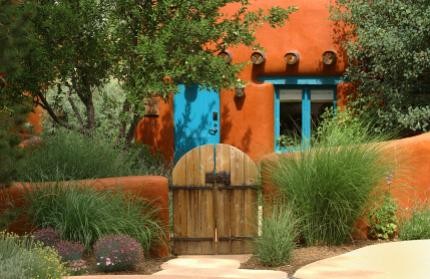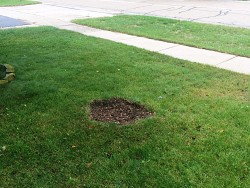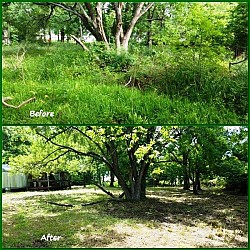What is Slow Architecture?

What is “Slow Architecture”? Slow Architecture is a movement toward building homes that are space- and energy-efficient, look attractive, harmonize with the surrounding area, and create a smaller carbon footprint. Slow Architecture compared to building McMansions is kind of like Slow Food versus Fast Food as cooking styles.
What Makes Slow Architecture Slow?
Literally, Slow Homes take time to build. Just as it takes time to cook food that honors the native flavors and ingredients of the region, homes that work with their environment take time to design and build. The main idea behind Slow Architecture is careful consideration of what both the home owner and the environment need.
John Brown, the founder of Slow Home, says that Slow Homes are homes that people can afford. He holds that living within one's means, rather than trying to buy the biggest house possible, is slow living. Therefore, the Slow Architecture movement is a movement away from size, and a movement toward quality and durability.
Reuse Existing Structures
A facet of Slow Architecture is reusing existing structures and objects instead of producing new ones. For instance, Slow Architects prefer filling in existing urban spaces to building up less developed suburban areas. You'll find many creative reuses of old objects inside Slow Architecture houses. Used wood and recycled building parts can all become part of the architectural design. Home furnishings might be made from creatively used found objects, such as tables and chairs made from salvaged wood.
Harmonize with the Environment
Slow Architecture aims to harmonize with the environment. "Harmonize" might sound flaky, but a home that agrees with its natural environment is really the most cost-efficient option. Maximizing natural light and building a home that is appropriate to the climate can save you thousands of dollars in heating, cooling, and lighting bills. Just like there's nothing hippy-dippy about a slow-cooked pot roast, there's no shame in building and furnishing a home in such a way that it will last for generations and serve exactly its purpose, with no frills.
Use Your Home More Efficiently with Slow Architecture Concepts
If Slow Architecture sounds interesting to you, look for a contractor who’s familiar with this type of sustainable design. Even if you are not currently in the market to build a new house, you're in luck. Since Slow Architecture's focus is using existing structures and objects, you can use Slow Architecture concepts to use the living space and objects you have more efficiently.
Try these practical ideas to "slow" your house down:
- Fix it -- don't throw it out. Although many of the objects we have in our houses are meant to be disposable, Americans trash many items that are actually quite fixable. Next time something breaks or looks a little worn, ask yourself if you can tackle a simple DIY repair.
- Centralize. Make a hub in your house for family/personal activity. John Brown suggests that you should not look at your house as a series of rooms on a floor plan, but instead as a series of places where you can take part in certain activities. In many houses, the kitchen is the hub of the house. What can you do to use the space in your kitchen to accommodate all of your activities?
- Relax. Turn off the cell phone, internet, and television for a few minutes every day. Cook a simple dinner and eat together as a family. Slow Architecture promotes independence and calmness. It costs nothing to give yourself and your household a few minutes of quiet.
Looking for a Pro? Call us (866) 441-6648

Remodeling Average Costs
Remodeling Contractors Experiences

Seamless Extension Of Concrete Patio And Poolside Retaining Wall

Tree Removal So Fast And Efficient It Didn’t Even Wake Our Newborn



